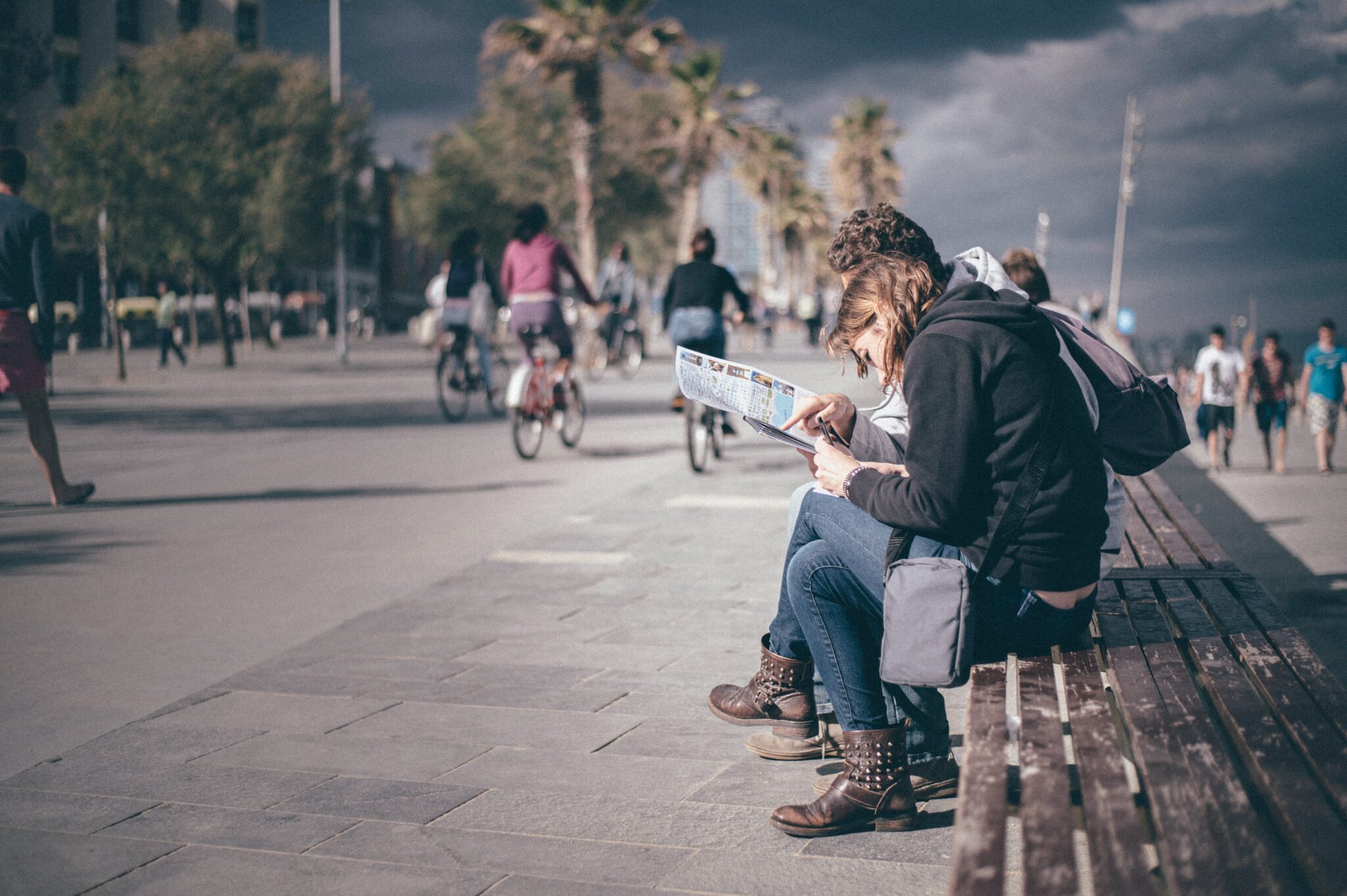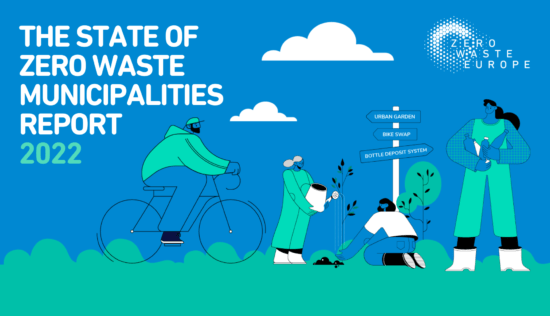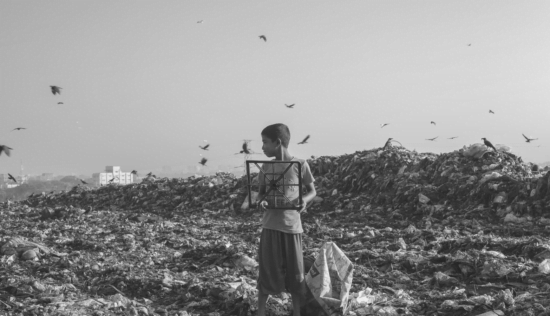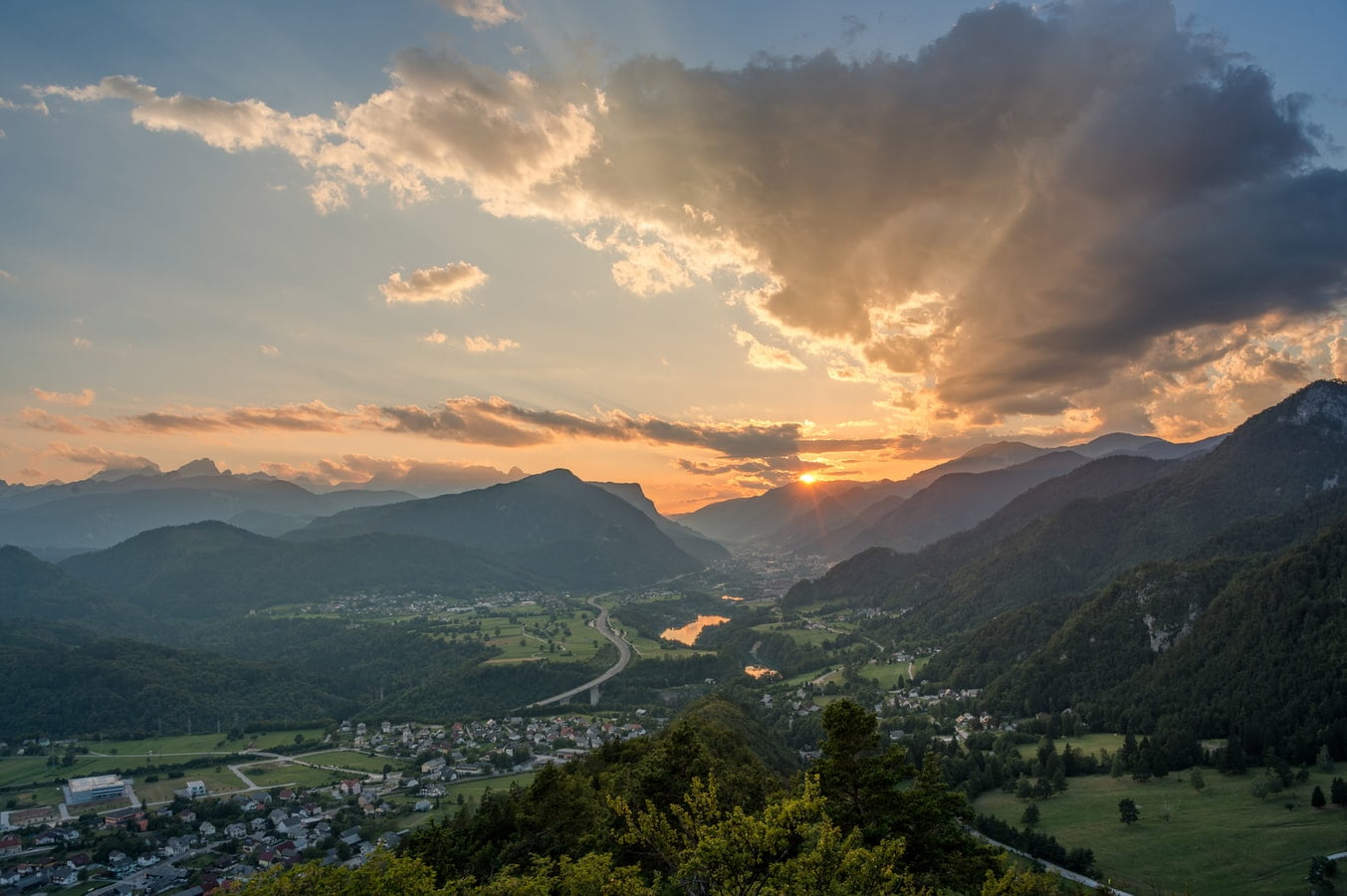The tourism sector has, in general, a huge impact on the environment. Over the last few decades, tourism has grown rapidly and it is now considered one of the most dynamic and fast-growing economic sectors worldwide. Generally, tourists may produce up to twice as much waste as residents, causing stress on local waste management systems that are unable to deal with large amounts of residual waste. Beaches, mountains and nature-based touristic sites are the areas most affected by the effects that high levels of tourism has – including Greenhouse Gas (GhG) emissions, energy and water consumption, high consumption of single-use plastics and solid waste generation.
However, municipalities around the globe are now showcasing best practices in waste management and prevention, even in highly touristic places.
Touristic Islands
Sardinia, Italy, once one of the worst performing regions in waste management, is now one of the best. Since the introduction of a new Waste Management Plan in 2008, many of the provinces of this region have drastically reduced their waste production though the introduction of a set of regulations: a compulsory separate collection of biowaste; an increase of landfill tax; the introduction of bonus/malus system on the cost of residual waste; the implementation of door-to-door as model of separate collection and incentives aimed to reward those municipalities with high separation rates. These incentives led to the separate collection of biowaste reaching 60% by 2016, and the waste generation per capita moving from 520 kg per inhabitant in 2003 to 443 kg per inhabitant in 2016.
➡️ Read The Story of Sardinia here.
The island of Zlarin, Croatia, through collaboration with the Break Free From Plastic movement, has been heavily pushing for single-use plastic alternatives, working alongside with non-profit organisations, local businesses and authorities to push for eco-friendly solutions and policies – such as reusable bags and tap water over bottled water.
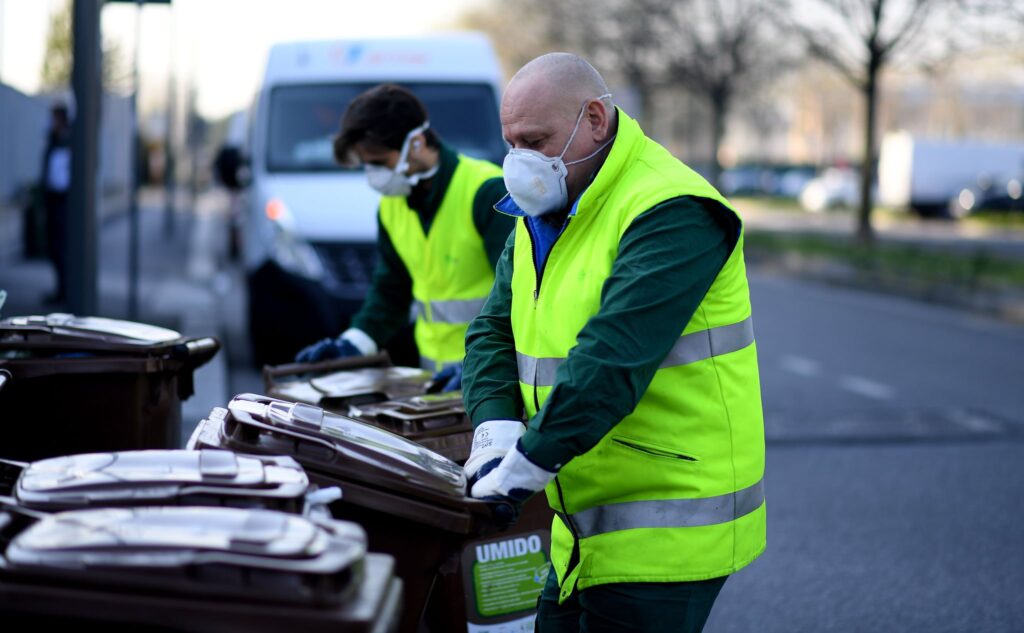
Populated Cities
The city of Milan provides an outstanding example, with its 1.4 million inhabitants and an elevated rate of tourism. In 2011, the city started implementing a scheme to separately collect organic waste. After ten years, the city reached 95kg of biowaste collected per inhabitants and a rate of 62% of separate collection. With a strong communication and awareness raising campaign before and during the implementation, people were informed clearly about the new scheme: households and commercial activities were given bins, bags and instructions. Three different collection systems were put in place: a special collection system for restaurants, hotels and commercial activities; one for households and one dedicated to open air markets. By separating and collecting organic waste, the overall amount of residual waste diminishes, with consequential benefits on the environment.
➡️ Read the Story of Milan here.
Hoi An, Vietnam
In Vietnam, two communes in Hoi An, recognised by UNESCO as a World Biosphere Reserve and a World Heritage Site, are visited by about 1.5 million tourists every year. On average, tourists produced 0.6 kg of residual waste per day staying in hotels, three times more than residents. Multiple stakeholders of the Hoi An People’s Committee united to create a Zero Waste Model in the city. The project envisaged six milestones to ensure that the touristic destination becomes plastic free, including:
- The ban of plastic bags and single-use plastic as well as the implementation of waste separation at the source.
- In 2020 the five-year Action Plan for Cam Thanh and Tan Hiep communes set some very high targets, including sorting 80% of waste among households and businesses; 30% of households involved in composting, 30% of market store banning plastic bags and offering refillable products; 100% of governments facilities banning single-use plastic.
- Each commune set up a group of individuals, who would volunteer their time to visit households, educating members of the community about waste separation and composting.
- A waste separation and composting at source scheme was carried out, with the result of 88% of households practising waste separation and consistently reducing their waste by the implementation of composting practices, supplemented further by the construction of two Material Recovery Facilities sites.
Zero Waste Beaches
The Zero Beach Project was implemented in Barcelona and the wider Catalan region, both of which see a 40% waste generation increase during summer. The public administration of Barcelona, supported by Rezero and Eco-union, has tested three pilot projects which were successively implemented. These include a smoking ban, a deposit return system for drink containers and awareness raising activities among beach users for good practices. These strategies have reduced the collection of cigarettes butts by 80%, while 900 containers per week were collected through a Deposit Return System (DRS).
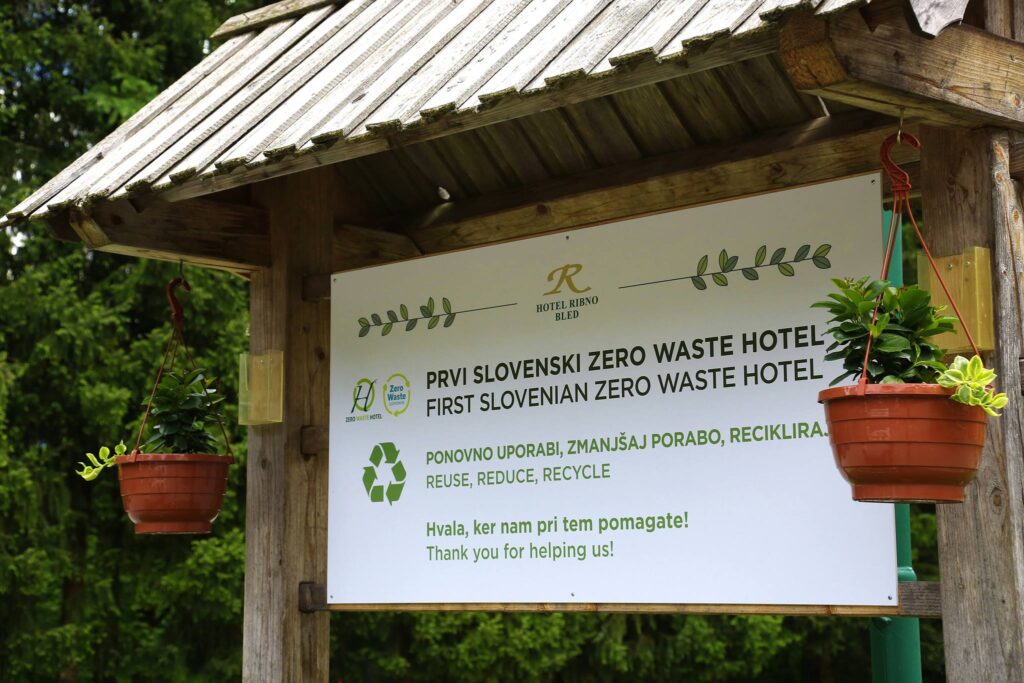
First Slovenian Zero Waste Hotel. Photo: Ekologi brez meja.
More initiatives
Other initiatives that are worth mentioning include the first and only zero waste hotel in Slovenia, Hotel Ribno, which introduced a strict policy of waste reduction by sorting waste for collection, reusing towels and bed linen, refilling soap or shampoo dispensers as well as reusable containers for sugar, jam, honey and other food in the hotel’s restaurant and kitchen. All this was possible by engaging collaboration with local suppliers. The aim of the hotel is to sort 90% of collected waste and reduce 30% water and energy consumption.
Other businesses wishing to certify their zero waste practices should consider the brand new Zero Waste Business Certification hosted by MiZA.
For more resources on how your municipality can transition to zero waste, check out our tools section.
Antonella Bortolato is a volunteer blogger for Zero Waste Europe.
